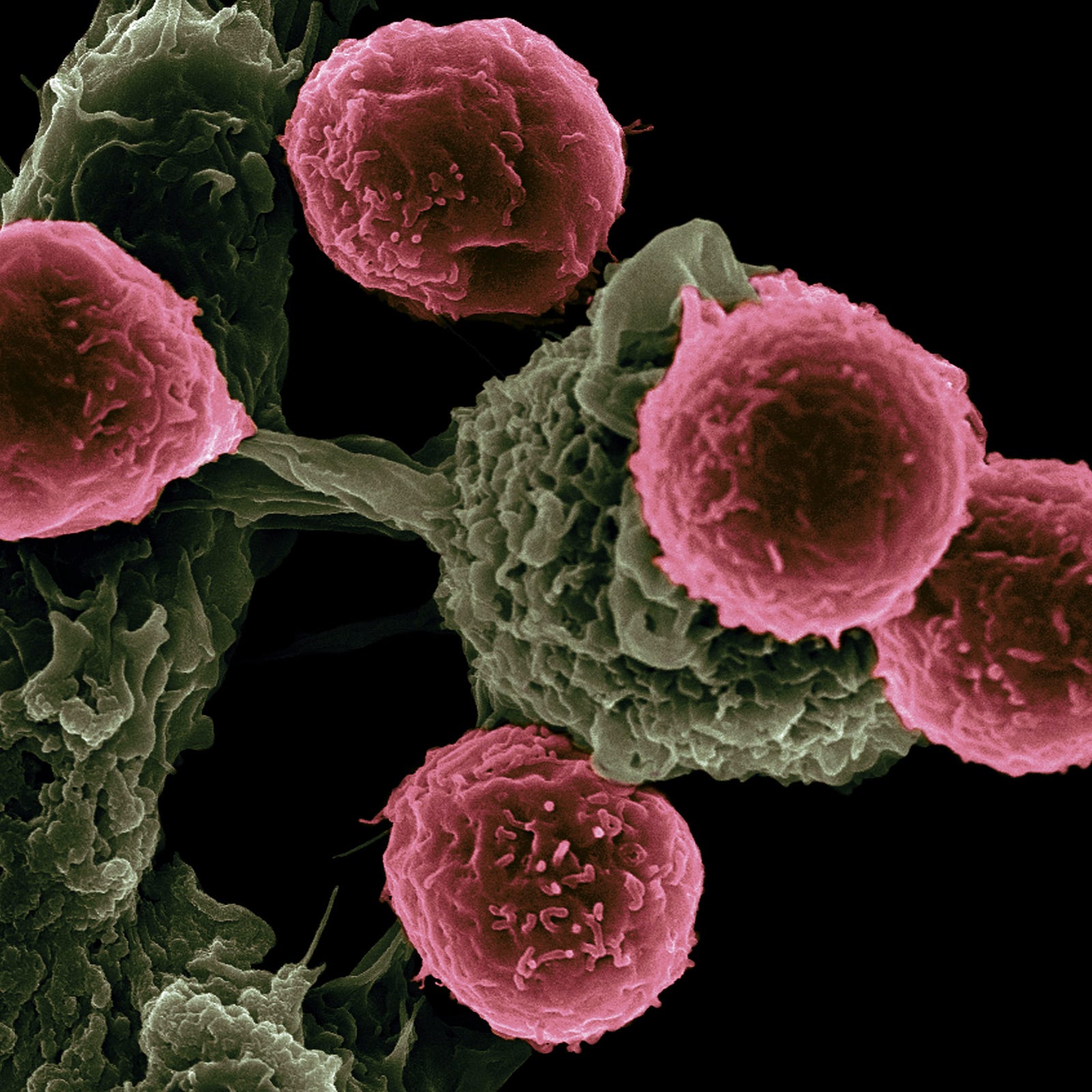EXERCISE DROPS CANCER RISK. We know there is an inverse relationship between physical activity and cancer risk. A new study provides insight into how exercise works its magic to reduce your cancer risk.
I ask each of my patients to get some physical activity. Regular exercise is a fantastic way to keep your body in shape.
But did you know that physical activity is a powerful ally in the fight against various types of cancer?
In this essay, I will explore how exercise is crucial in maintaining a healthy weight, bolstering the immune system, and regulating hormones, key factors in preventing cancer.
We’ll delve into the science behind how exercise can lower your cancer risk.
I will highlight the latest research findings and expert insights to help you understand the compelling connection between staying active and cancer-free. I want to inspire you to get moving.
Exercise Reduces Cancer Risk
I exercise at least five days a week. My goal? I hope to reduce my risks of dementia, heart attack, stroke, diabetes, obesity, cancer, depression, and more. I hope to promote creativity, too.
Exercise can have a protective effect against cancer development. An umbrella review of the clinical literature discovered this:
Individuals who engaged in regular moderate to vigorous physical activity had a significantly lower risk of developing several cancer types, including breast, colon, and lung.
Physical activity appeared to be associated with a lower risk of seven cancer sites, including the following:
- Colon
- Breast
- Endometrial (uterus)
- Lung
- Esophagus
- Pancreas
- Meningioma
Colon (a protective association with recreational physical activity) and breast cancer (a protective association with overall physical activity) were supported by strong and highly suggestive evidence, respectively.
How Exercise Drops Cancer Risk: A New Study
A new study provides insights into how exercise drops cancer risk.
This small study enrolled only 21 individuals. The research builds on vast evidence associating regular exercise with lower cancer risk (especially colorectal cancer).

I want to present this study largely because the researchers went a step further; they investigated how exercise might lower cancer risk.
Lynch Syndrome
The 21 study subjects had a condition known as Lynch syndrome.
Lynch syndrome increases the risk of many cancer types. Parents can pass the gene for the condition to their children.
Families with Lynch syndrome have more cases of cancer than expected. The risk increases for colon, endometrial (uterus), and other cancer types. Lynch syndrome-associated cancers tend to happen at an earlier age.
Clinicians formerly referred to Lynch syndrome as hereditary nonpolyposis colorectal cancer (HNPCC). HNPCC describes families with a strong history of colon cancer.
“Lynch syndrome” is used when a cancer-causing gene runs in the family.
Study Details
MD Anderson Cancer Center (USA) researchers enrolled 21 volunteers for their small study. All of the participants had Lynch syndrome.
The scientists divided the subjects into two groups:
- #1: A 12-month exercise program group
- #2: A control group
The scientists checked the subjects’ cardio and respiratory fitness and tracked immune cells — natural killer cells and CD8+ T cells — in colon and blood tissues.
These immune cells are central to an attack on foreign entities, including cancer cells.
Study Results — How Exercise Drops Cancer Risk
Here are the study results:
The natural killer and CD8+ cells — charged with attacking cancer cells — appeared more active for those exercising.

Moreover, the exercisers had a drop in inflammatory marker prostaglandin E2 (PGE2). The drop was closely linked with the increase in immune cells. Both changes suggest a more strong immune response.
The researchers believe the changes reflect an “immune surveillance” system boost that should enhance the hunting down (and elimination) of cells that would otherwise become cancerous.
Summary — How Exercise Drops Cancer Risk
Physical activity reduces the risk of several cancer types.
The admittedly very small study is the first to show a link between exercise and changes in immune biomarkers. It is one thing to know the epidemiology and another to understand better how physical activity reduces cancer risk.
The study findings apply to those with Lynch syndrome, but I suspect we will discover similar immune changes in people without the syndrome.
The reasons behind this cancer-fighting power of exercise lie in its ability to help:
- Maintain a healthy body weight
- Control inflammation
- Improve insulin sensitivity
- Regulate hormones like estrogen.
All of these can influence cancer development. Do you exercise? If yes, what motivates you?
Final Thoughts
The American Cancer Society (ACS) notes that over 15 percent of all cancer deaths (aside from tobacco-related cancers) in the United States are related to lifestyle factors.
These factors include physical inactivity, excess body weight, alcohol use, and poor nutrition.
The ACS recommends weekly 150 to 300 minutes of moderate-intensity exercise to reduce cancer risk. Subjects in the study had a significant immune response with 135 minutes of high-intensity exercise per week.
Remember: Any physical activity may reduce your cancer risk. Do you lack time? Walking daily for 30 minutes is a relatively easy approach for many individuals. Just move!
Others may benefit from walking during lunch breaks or taking the stairs instead of the elevator. Have you considered joining a fitness class or getting a walking (or workout) buddy?
Thank you for reading “How Exercise Drops Cancer Risk.”




